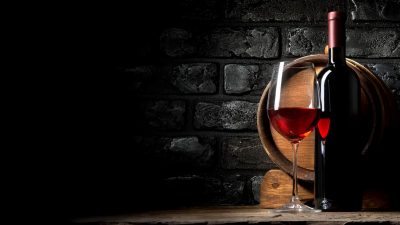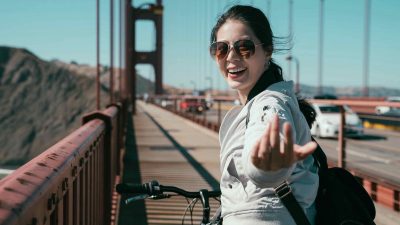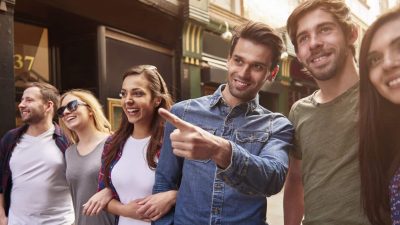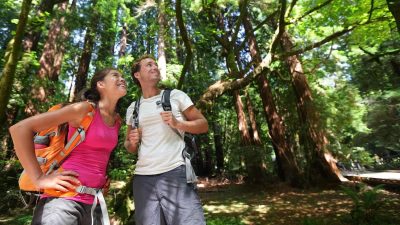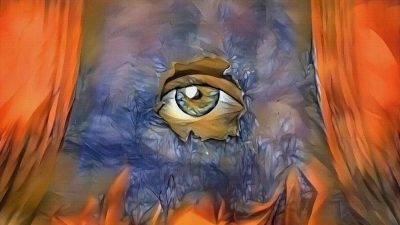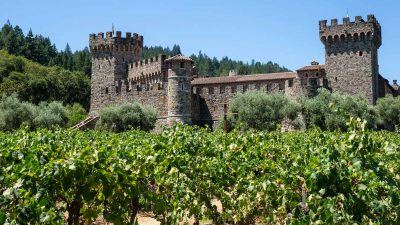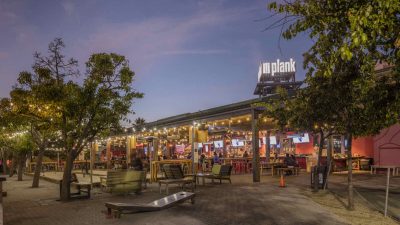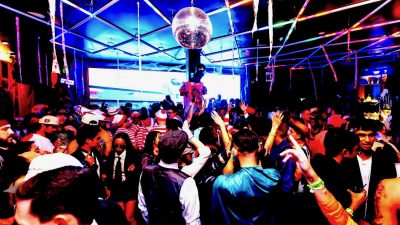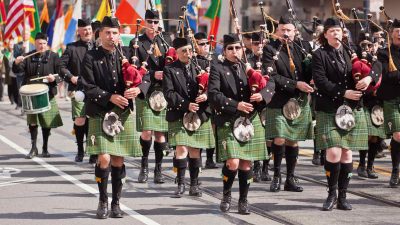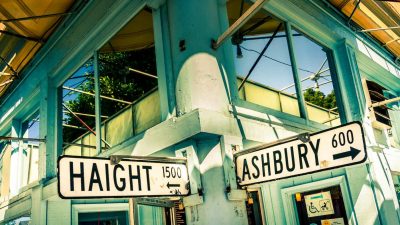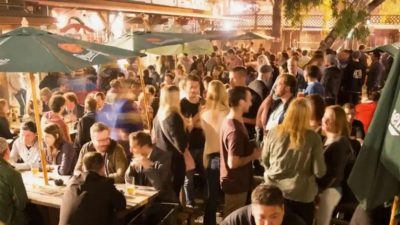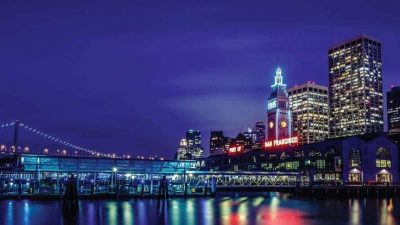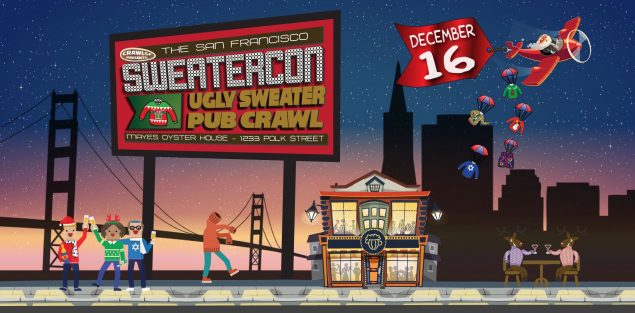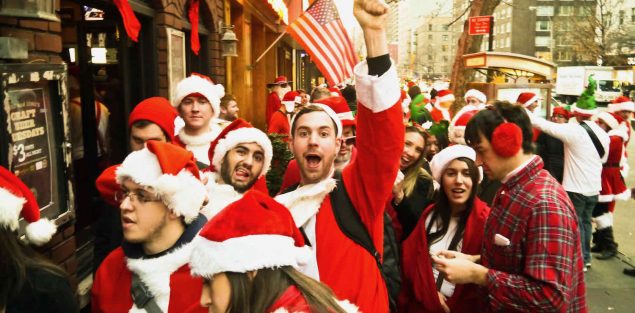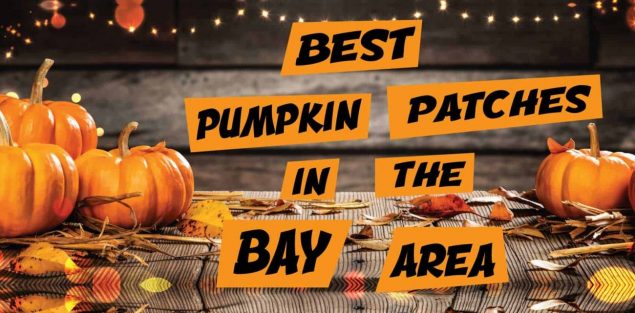Why do we Celebrate Halloween?
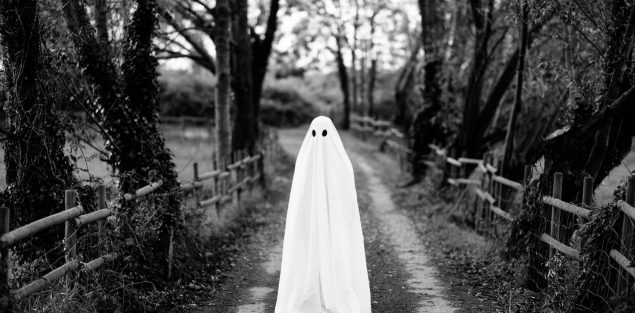
Halloween 2025 is right around the corner, so get ready for pumpkins, costumes and all things scary. Luckily, San Francisco is a great city for Halloween events and activities, so you have lots of great options to celebrate from family-friendly events to nightclub parties. With one of the largest celebrations in the United States, The San Francisco Halloween Pub Crawl and lots of fun concerts, parties and festivals around the holiday, you can find just about anything. However, when looking for things to do for Halloween, you may wonder why we like to wear costumes, go door to door asking for candy and decorate our homes with skeletons & ghosts. Let’s go back in time and see where all of this started.
Unmasking Halloween’s Beginnings
Venture back 2,000 years to the Celtic regions of Ireland, the UK, and Northern France, and you’ll stumble upon the origins of Halloween. It began with Samhain, a festival held around the end of bountiful summers and the onset of cold, dark winters, times often symbolized with human mortality. As October 31st night fell, it was believed that the living world blurred with the dead’s, letting spirits walk among us. But was this haunting or a harbinger of festivities? For the Celts, it was time for Samhain, where ghosts returned, and so began the legacy of Halloween.
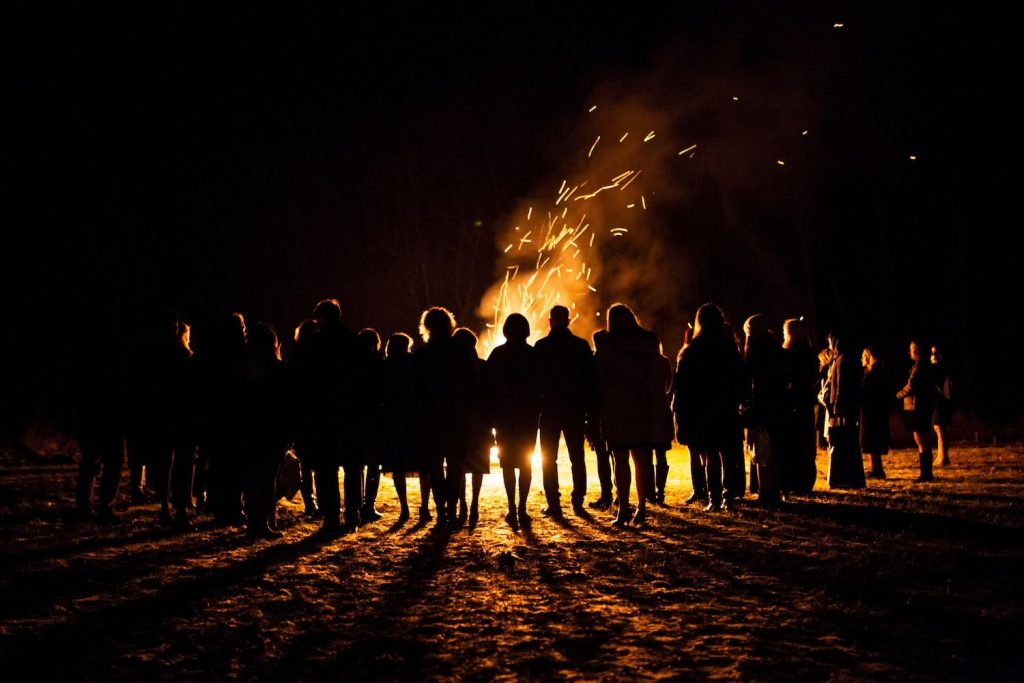
Of Prophecies, Bonfires, and Costumes
The ancient Druids or Celtic priests were at the heart of these festivities. With the veil between worlds thinning, they believed it was the perfect time for divinations. The Celts were heavily reliant on nature’s unpredictability, and these prophecies during Samhain offered solace in the forthcoming bleak winter months.
As tradition dictated, Druids lit mammoth bonfires, beckoning clans to pay tribute to Celtic deities. Sacrifices, both crops and animals, were common. As flames danced and sparks flew, people donned costumes made of animal skins, perhaps as a nod to the spirits or merely to partake in fortune-telling. While we have come along way from animal skins (you definitely should not wear real animal skins for Halloween in 2025) the idea of wearing a costume started at this time (and ultimately evolved) into the creative Halloween costumes you see today. More on this below…
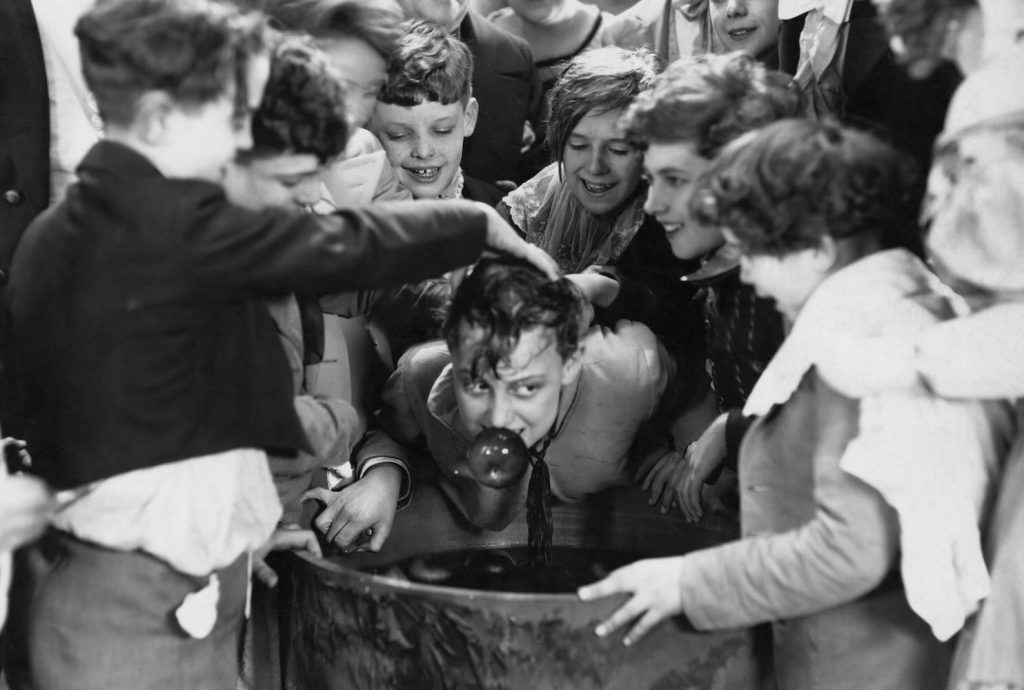
Melding Cultures and Traditions + The Origin of Bobbing for Apples
Fast forward to AD 43. The Romans, having conquered Celtic territories, blended two of their own festivals with Samhain. Feralia, commemorating the departed, and a celebration honoring Pomona, the goddess of fruit and trees, found their way into Samhain rituals. The apple, a symbol for Pomona, perhaps gives a nod to our contemporary apple-bobbing festivities during Halloween.
The Christian Influence & All Saints’ Day
While not really considered a religious holiday in present day, the roots of Halloween are influenced by religion (like many customs today). By the 9th century, the touch of Christianity spread across Celtic regions. Pope Boniface IV, in AD 609, dedicated May 13 to all Christian martyrs. Eventually, under Pope Gregory III, the date shifted to November 1, encompassing all saints and martyrs. Samhain’s eve, October 31, became All-Hallows Eve, and then (you guessed it) Halloween.
Halloween in America
Though Halloween’s beginnings were rooted in European traditions, its well-known celebration found a new home in America. Early celebrations were restrained due to stringent Protestant beliefs, but southern colonies embraced the festival. With time, European customs intertwined with Native American traditions, giving birth to unique American Halloween festivities, from “play parties” celebrating harvests to stories of the departed, fortune-telling, and merriment.
The wave of Irish immigrants in the 19th century, fleeing the Potato Famine, added more layers to Halloween’s celebration in the US.
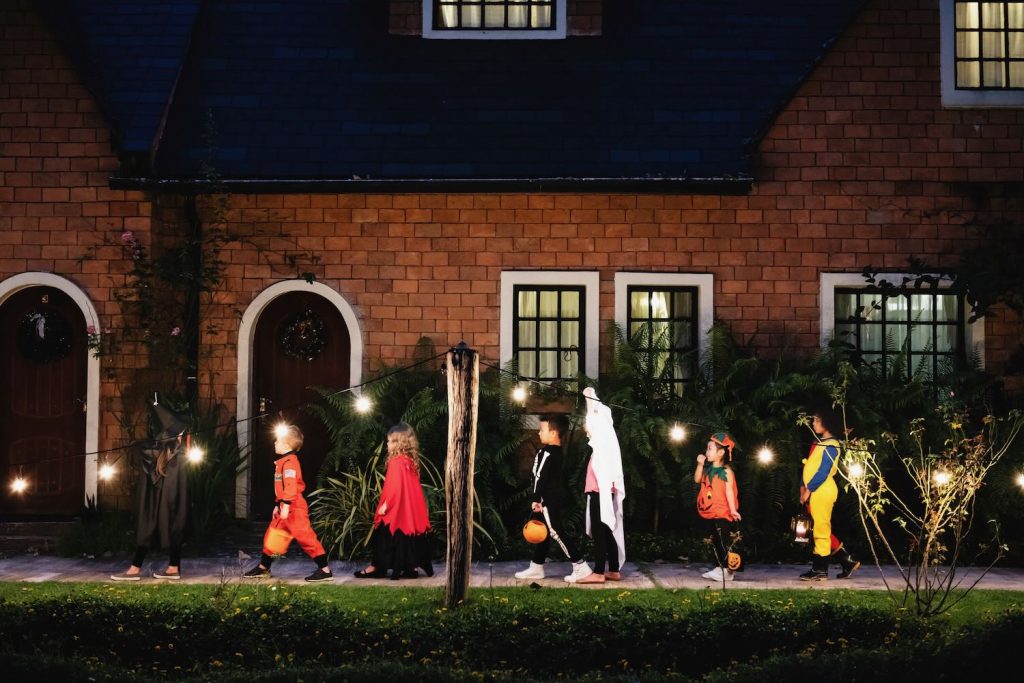
Trick-or-Treat
The tradition of dressing up and visiting homes, now known as trick-or-treating has early English roots. On All Souls’ Day, the needy would be given “soul cakes” in exchange for prayers for the dead. This “going-a-souling” tradition evolved, with children taking the reins and visiting homes for treats. Now it has become pretty much the coolest thing about Halloween for little kids. For those who may be wondering, a soul cake is a little, round cake that is kind of a scone-biscuit.
Halloween costumes have an interesting history as well. Expanding on the original costumes made from animal skins, people wore masks as a way to safeguard themselves from roaming spirits.The masks were meant to trick spirits into believing they were one of them.
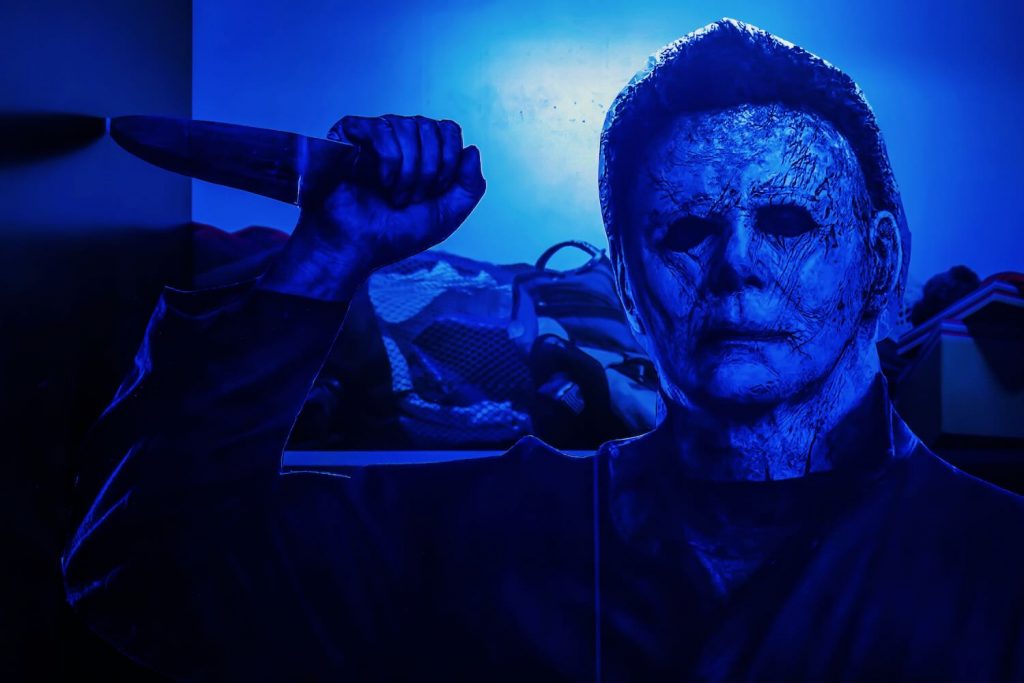
Halloween Movies
Halloween isn’t just celebrated in homes and communities. The silver screen has immortalized the festival, with classics like John Carpenter’s “Halloween” series and family favorites like “Hocus Pocus” and “The Nightmare Before Christmas.” There seem to be new Halloween movies popping up each year from scary options like Vicious, Longlegs, Clown in a Cornfield and Bring Her Back to funnier options like The Curse of Bridge Hollow and Hubie Halloween.
Modern Halloween Celebrations
As Halloween entered the 20th century, its once-superstitious and religious fervor shifted to community celebrations. Today, it’s more about parties, pub crawls, games and decorations. The focus has shifted from ghostly encounters to ensuring children and adults revel in festive spirit, although there is still a spooky undertone to the day.
Interestingly, Halloween has etched itself as a significant commercial event. With a staggering $6 billion expenditure, it stands second only to Christmas in the US. Basically, people love themselves some Halloween.
A Touch of Magic and Superstition
Though Halloween has evolved dramatically, its essence brims with mystery, magic, and a touch of the supernatural. From setting dinner places for friendly spirits to tales of black cats bringing misfortune, the enchantment of Halloween remains unparalleled.
As you carve pumpkins, light candles or wear that super creative costume, remember you’re part of an age-old tradition that celebrates both the mystery of the unknown and the joy of community.
Trying to figure out your plans? Check out the Halloween Guide for event activities and things to do for Halloween in the San Francisco Bay Area in 2025.
Interesting Facts
- Celtic Origins: Halloween originates from the ancient Celtic festival of Samhain, marking the end of harvest and the start of winter.
- Blurred Worlds: The Celts believed that on October 31st, the veil between the living and the dead thinned, allowing spirits to walk among the living.
- Original Jack-O’-Lanterns: The first Jack-O’-Lanterns were made from turnips, not pumpkins, and were believed to ward off evil spirits.
- Roman Influence: Two Roman festivals were integrated with Samhain: Feralia, which commemorated the passing of the dead, and a celebration honoring Pomona, the goddess of fruit and trees.
- Bobbing for Apples: The game of bobbing for apples has its roots in the Roman festival for Pomona, whose symbol was an apple.
- Christian Integration: By the 9th century, Christian influence led to the integration of All Saints’ Day (November 1) and All Souls’ Day (November 2) with Samhain traditions.
- Witchy Associations: The word “witch” comes from the Old English wicce, meaning “wise woman.” Historically, witches were revered as wise women and healers.
- Black Cats: In ancient times, it was believed that witches could transform into cats. This led to the superstition about black cats being associated with witches and magic.
- Halloween Costumes: The tradition of dressing up evolved from the Celts who wore disguises on Samhain to avoid being recognized by real spirits.
- Trick-or-Treating Origins: “Souling” was an early form of trick-or-treating where the poor would visit homes and receive “soul cakes” in exchange for prayers for the home’s deceased relatives.
- An American Affair: The widespread celebration of Halloween in America can be attributed to the influx of Irish immigrants in the 19th century, who brought their rich Halloween traditions with them.
- Ghoulish Commercialism: Halloween is the second largest commercial holiday in the US, with Americans spending around $6 billion annually.
- Unlucky Spiders: If you spot a spider on Halloween, legend has it that it’s the spirit of a loved one watching over you.
- Halloween Colors: Black and orange are traditional Halloween colors. Black symbolizes the boundary between life and death, and orange represents the harvest and fall.
- Ringing Bells: It was a medieval custom in parts of Europe to ring church bells on Halloween to comfort the souls in purgatory.
- World Records: The fastest time to carve a pumpkin is 16.47 seconds, achieved by Stephen Clarke in 2013.
- Silent Celebrations: Halloween was extremely limited in colonial New England due to the rigid Protestant belief systems.
- Halloween Candy: It’s estimated that over 600 million pounds of candy are purchased in the US each Halloween.
- Dia de los Muertos: In Mexico and other Latin American countries, “Dia de los Muertos” (Day of the Dead) is celebrated around the same time as Halloween, honoring deceased loved ones with vibrant parades and decorated skulls.
*Article Updated for 2025
